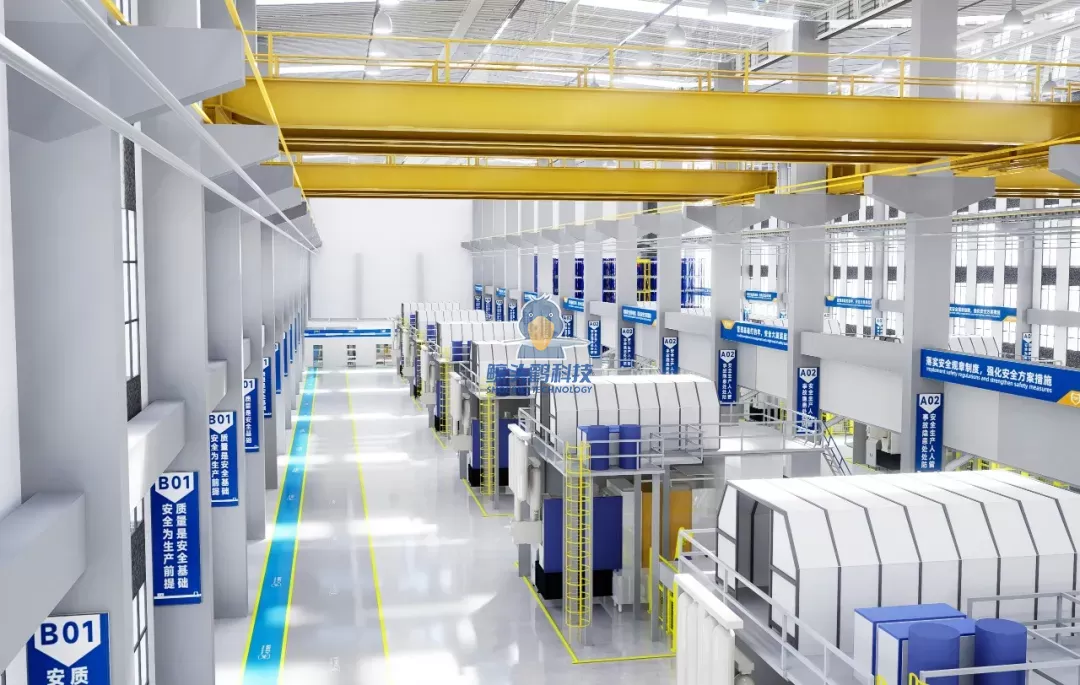In today's fast-paced work environment, the office table is more than just a piece of furniture; it is a central hub for productivity, creativity, and collaboration. Selecting the right material for your office table is crucial, as it impacts not only the aesthetic appeal of your workspace but also its functionality and durability. This article delves into the various materials available for office tables, evaluating their pros and cons to help you make an informed decision.
- Wood: Timeless Elegance and Versatility
Types of Wood:
- Solid Wood: Options like oak, maple, and cherry offer unmatched durability and a classic look. Solid wood tables can withstand heavy use and age beautifully, developing a unique patina over time.
- Plywood and MDF: Engineered wood products like plywood and medium-density fiberboard (MDF) are often more affordable alternatives. They can be finished with veneers to mimic the appearance of solid wood while providing stability and resistance to warping.
Pros:
- Aesthetic appeal: Wood adds warmth and sophistication to any office.
- Durability: High-quality wood can last for decades with proper care.
- Customization: Wood can be stained or painted to match your office decor.
Cons:
- Cost: Solid wood tables can be expensive.
- Maintenance: Requires regular polishing and care to maintain appearance.
- Metal: Modern and Industrial Appeal
Types of Metal:
- Steel: Known for its strength and durability, steel is often used in modern office designs. It can be finished in various ways, including powder coating for added protection against scratches and rust.
- Aluminum: Lightweight and resistant to corrosion, aluminum tables are ideal for mobile workspaces and contemporary designs.
Pros:
- Durability: Metal tables are resistant to wear and tear, making them suitable for high-traffic areas.
- Aesthetic versatility: Available in various finishes, metal can complement a range of design styles from industrial to minimalist.
Cons:
- Temperature sensitivity: Metal can become hot or cold depending on the environment, which may be uncomfortable for users.
- Scratches: While durable, metal surfaces can show scratches more readily than wood.
- Glass: Sleek and Contemporary
Types of Glass:
- Tempered Glass: This safety glass is designed to withstand impact and is often used for office tables. It can be paired with metal or wooden bases for a striking contrast.
Pros:
- Aesthetic appeal: Glass tables create an illusion of space and light, making them ideal for smaller offices.
- Easy to clean: Smooth surfaces make maintenance straightforward.
Cons:
- Fragility: While tempered glass is durable, it can still break under extreme pressure.
- Limited weight capacity: Glass tables may not support heavy equipment without additional support.
- Laminate: Affordable and Functional
Characteristics:
- Laminate surfaces are made by fusing layers of paper and resin, creating a durable and cost-effective option for office tables.
Pros:
- Cost-effective: Laminate tables are often significantly cheaper than solid wood or metal options.
- Variety of designs: Available in numerous colors and patterns, laminate can mimic the look of wood or stone.
Cons:
- Durability: While resistant to scratches, laminate can peel or chip over time.
- Less aesthetic appeal: Laminate may not provide the same warmth or elegance as natural materials.
- Composite Materials: The Best of Both Worlds
Characteristics:
- Composite materials combine various elements, such as wood fibers and plastics, to create a versatile and durable surface.
Pros:
- Eco-friendly options: Many composites are made from recycled materials, appealing to environmentally conscious consumers.
- Versatility: Composite tables can be designed to mimic other materials while offering enhanced durability.
Cons:
- Perceived value: Some users may prefer the authenticity of solid wood or metal over composite materials.
Conclusion: Making the Right Choice
When selecting the best material for your office table, consider factors such as your budget, aesthetic preferences, and the specific demands of your workspace. Solid wood offers timeless elegance and durability, while metal provides a modern touch. Glass can create an airy feel, and laminate presents an affordable option with various designs. Composite materials offer a blend of benefits, appealing to those who prioritize sustainability.


